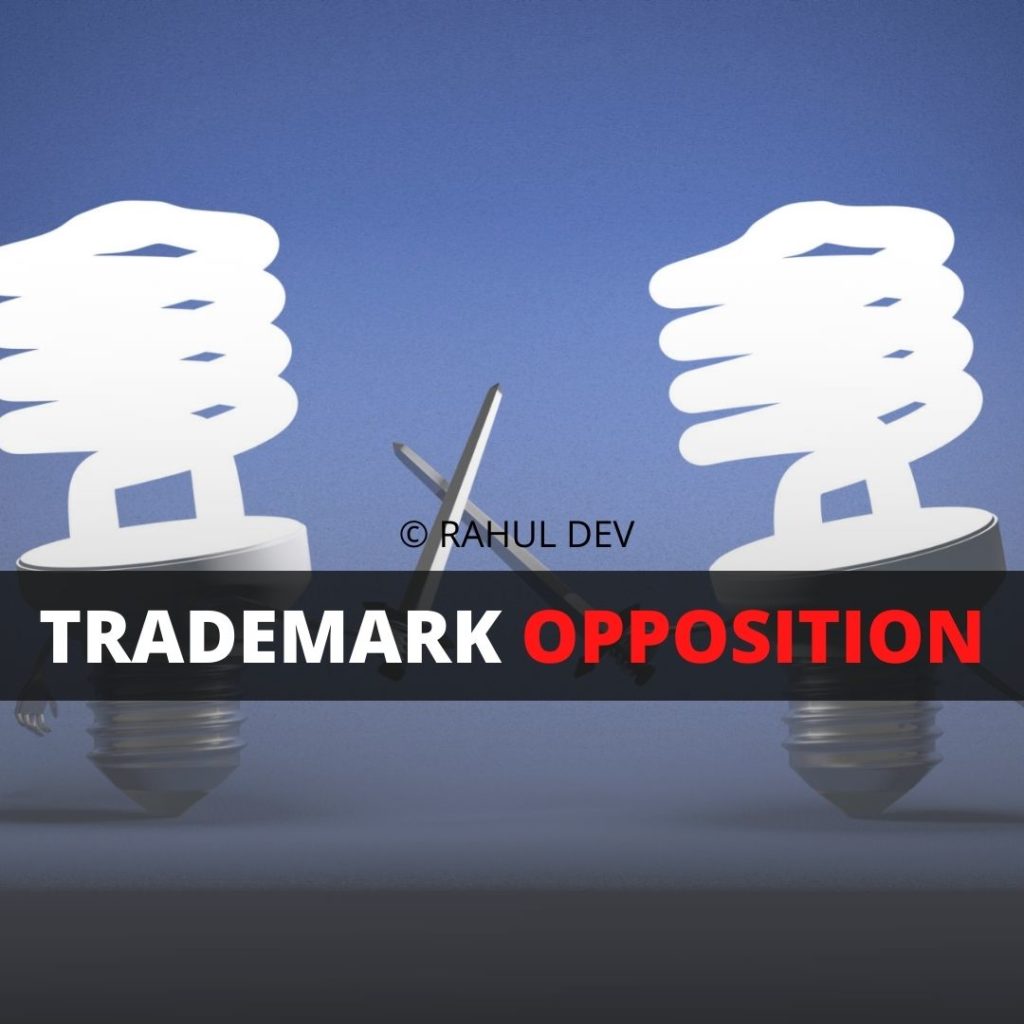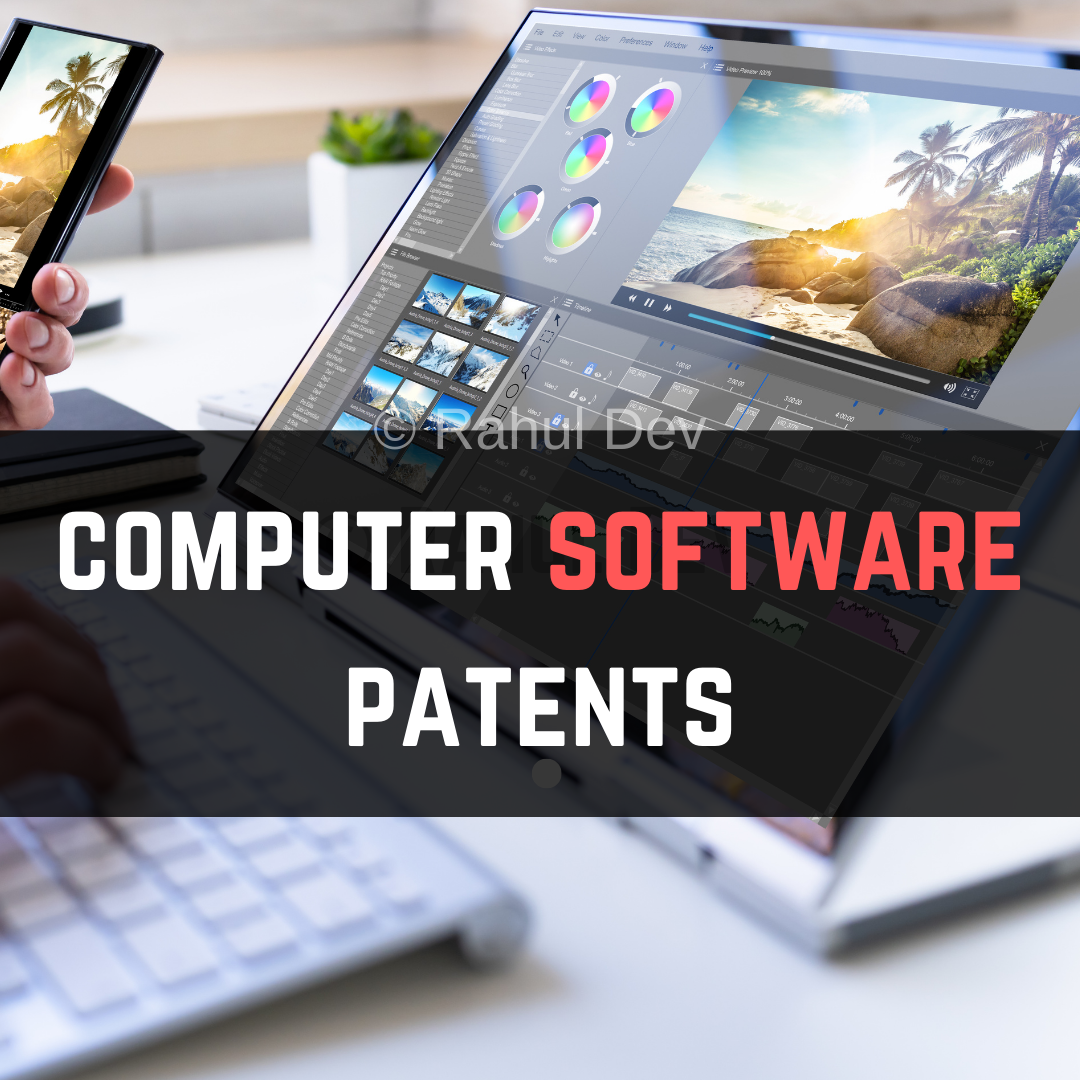

Protect Your Brand Worldwide
trademark rights
Secure your brand name and logo from being copied
International trademarks
Protect your brand in 100+ countries

Secure your brand name and logo from being copied
Protect your brand in 100+ countries
When an applicant wants to register a trademark, the entire trademark registration passes through various steps. A trademark opposition is one important step. Trademark Opposition in India appears at a phase when the trademark registrar has authorized the trademark application on its distinctiveness and publishes the same in the Trademark Journal for the third-party opposition. The trademark opposition process involves step by step procedure as per trademark law to oppose a trademark in India.

A Trademark Opposition is an application submitted to the Registrar of the trademark, wherein the party that files the opposition strives to curb another trademark from being registered. Once an application for a trademark is submitted and examined by the Trademark Registrar, it is published in the Trade Mark Journal.
After the publication of the mark, one can initiate an opposition against the subject trademark under the requirements provided under Section 21 of The Trademark Act 1999. Any opposing mark has a period of 3mos for commencing trademark opposition after it is published in the journal.
However, this period can be lengthened to a maximum of 4mos. After a trademark is opposed; the application status will indicate ‘Opposed’ and the Registrar accepts evidence and hears the party’s arguments. If the trademark stays unopposed for 4mos, then it gets registered. After this, an opposing mark can only commence the rectification process to terminate or alter the registration.
An applicant must file a counter statement or a reply to the notice of opposition within 2mos of receiving the notice by way of Form TM-O. The prescribed fee for the same is INR 2700 and the fee acquired shall be concerning the class under which the counter is being filed.
Typically, a counter-statement includes any facts contended in the notice, a paragraph-wise statement for each contention, and verification by the opponent or his agent stating that they verify the facts to the best of their knowledge. The verification is ratified by the individual creating it and mentions the date and place at which it was signed. The registrar reviews the counter-statement and serves the same to the opponent within 2mos from the date of receipt.
The Trademark Rules 2017 have accelerated the opposition proceedings by mandating that the applicant can file a counter statement for notice of opposition accessible on the Trademark Registry’s website. Furthermore, the alternative of filing an extension to file a counterstatement has been removed. Thus, if an applicant fails to file its counter-statement, its trademark is considered to have been Abandoned for non-prosecution.
A Trademark Rectification is filed on grounds of contravention or failure to detect a limitation of the trademark that is already in the Register or an omission in registering the mark. Section 57 of the Trade Marks Act provides for the grounds of Rectification. A request for rectification or revocation of a trademark can be initiated on the grounds of non-use of the trademark for a given interval after the registration of the mark.
This application must be filed under the same Registry where the primary application has its registration. Clauses (1) and (2) of Section 57 point out that when an individual can make an application to the Appellate parties, to either cancel, vary, make or remove the entry in question. Under Section 31(1) the original registration is considered as prima facie evidence for the validity of the mark in all legal proceedings.
The process of rectification is specified under Rules 97 to 100 of the Trade Marks Rules, 2002, and the application under Section 57 is made in the copy on Form TM-0. The application includes a statement of the case, establishing the nature of interest, facts of the case, and the remedy that is sought.
In Mr. B.V. Elango Himachalapathy vs. M/s. Rank Xerox Limited & Others, the IPAB gave a landmark judgment while rejecting the rectification applications of B.V. Elango Himachalapathy filed against the registration of “XEROX” as a trademark on the grounds of the mark becoming generic. Elango argued that the term “XEROX” was presently utilized as a popular term and has become synonymous with photocopying. Thus, it has come to be employed in a generic sense and has lost its distinctiveness.
The court determined that the trademark “XEROX” had been regularly renewed, without objection or opposition and though the trademark “XEROX” had been used as a common word by the populace, Xerox Corporation is the proprietor of the trademark. The Board thus maintained that the long continual presence of the trademark on the Register and the public approval of the trademark rights when characterized are factors that weigh more.
Thus, the judicial trend, while handling an application for rectification under Section 57, has invariably been to maintain all the facts of each case under due deliberation while determining the matter.
Our team of advanced patent attorneys assists clients with patent searches, drafting patent applications, and patent (intellectual property) agreements, including licensing and non-disclosure agreements.
Advocate Rahul Dev is a Patent Attorney & International Business Lawyer practicing Technology, Intellectual Property & Corporate Laws. He is reachable at rd (at) patentbusinesslawyer (dot) com & @rdpatentlawyer on Twitter.
Quoted in and contributed to 50+ national & international publications (Bloomberg, FirstPost, SwissInfo, Outlook Money, Yahoo News, Times of India, Economic Times, Business Standard, Quartz, Global Legal Post, International Bar Association, LawAsia, BioSpectrum Asia, Digital News Asia, e27, Leaders Speak, Entrepreneur India, VCCircle, AutoTech).
Regularly invited to speak at international & national platforms (conferences, TV channels, seminars, corporate trainings, government workshops) on technology, patents, business strategy, legal developments, leadership & management.
Working closely with patent attorneys along with international law firms with significant experience with lawyers in Asia Pacific providing services to clients in US and Europe. Flagship services include international patent and trademark filings, patent services in India and global patent consulting services.
Global Blockchain Lawyers (www.GlobalBlockchainLawyers.com) is a digital platform to discuss legal issues, latest technology and legal developments, and applicable laws in the dynamic field of Digital Currency, Blockchain, Bitcoin, Cryptocurrency and raising capital through the sale of tokens or coins (ICO or Initial Coin Offerings).
Blockchain ecosystem in India is evolving at a rapid pace and a proactive legal approach is required by blockchain lawyers in India to understand the complex nature of applicable laws and regulations.
Read About Patent FIling Guide



